Where have all the Babies Gone? NCR has a 33% Drop and Philippines has a 26.5% drop in Registered Live Births Between 2019 and 2024, in still provisional 2024 data.
PSA has released 2024 vital statistics on deaths (Jan-Oct) and births (Jan-Nov) compiled as of 28 February 2025, on 29th April 2025. Late registrations of VS will continue until August 2025.
PSA dropped the latest update of 2024 vital statistics on 29 April 2025 providing registered births (Jan-Nov), registered deaths (Jan-Oct) and marriages (Jan-Nov) data all compiled as of 28 February 2025. Cause of Death data was also released. While the overall data is still very clearly incomplete particularly for the second half of the year, the initial birth data is alarming.
Marriages
14,362 marriages were added since the March data drop. From visual inspection, the data looks reasonably complete up to mid-year. Final 2024 registered marriages will be considerably lower than 2023 levels, with a 15% drop in marriages in the first half of 2024 compared to the first half of 2023.
Births
149,219 births were added with this data release; registered births are considerably lower than all prior years. Philippines annual births have been declining since 2012. The decline was initially gradual with the average annual drop between 2012 and 2019 being 1%.
Births dropped by 8.7% in 2020, and a further 10.7% in 2021. These large drops are likely due in part to under registration of births under the harsh lockdown conditions imposed in the Philippines during the first 2 years of the pandemic. While there was a partial recovery of births in 2022, with births rising by 6.6%, this was not sustained and births dropped by 0.5% in 2023, when life had already returned to normal and most pandemic restrictions were removed.
Births in the first 7 months of 2024 have dropped by 16% compared to the same period in 2023 (19.4% if Jan-September registrations are considered); they have dropped by 26.5% compared to 2019 (29.8% if Jan-Sept are compared).
Deaths
54,834 additional deaths were added in this report. While death data for the Philippines still appears quite incomplete, later than May 2024, death counts appear similar to 2023. Deaths in the first 5 months of 2024 appear have risen by 9.8% since 2019.
Between 2019 and 2020 deaths dropped by 1%; there was no sign of a pandemic in the death numbers. Deaths soared by 43.2% in 2021, with most of the excess deaths occurring following rollout of Covid-19 vaccines. Considering probable under registration of deaths, the real death count could have been far higher than has been disclosed.
There was a partial recovery with deaths falling by 22.7% in 2022, but this was not sustained into 2023 when deaths rose by 2.2%. Prior to the pandemic, and between 2012 and 2019, the annual average increase in deaths was only 2.7%. 43.2% excess deaths in 2021 was an unprecedented (and still uncommented by official sources) catastrophe!
Birth and death patterns since 2019 are plotted. The falling off of births and rising of deaths are clear.
National Capital Region Data
National Capital Region (NCR), where data appears more complete than many other regions, had a 9.8% drop in births in the first 9 months of 2024 compared to 2023. Overall, they have lost 32.7% of births compared against the same period in 2019.
Deaths from Jan-August 2024 have risen by 3.4% compared to the same period in 2023 and by 7.7% compared to 2019.
Births and deaths over time since 2019.
Natural Population Growth
Philippines natural population increase has slowed. Monthly natural increase (Births - Deaths) has dropped to below 50,000 in preliminary 2024 data.
The Philippines exports labor to the world, with many Filipinos leaving each year to either to become overseas workers (OFW) or migrating permanently. In 2023 the Philippines deployed 2,613,903 OFWs, with around 1/2 million of these being newly deployed. There are no longer enough children being born to compensate for the number of departures and the number of deaths.
Is the drop in birth due to people not wanting children or is it due to them not being able to successfully conceive and deliver a live healthy baby? Likely both. Dr. contacts and people in my network report many people unable to conceive, many pregnancy losses, many critically ill babies. The experience in the Philippines is mirroring the birth drop seen in other heavily vaccinated countries.
While the Philippines had a 72% uptake of covid-19 vaccines, the highest uptake was children aged 12 and up and working age adults with this population having a vaccination rate well above the national average. While vaccines were not officially compulsory for school they were aggressively pushed. They were compulsory in many workplaces and to access most public spaces; young people were very pressured to comply with vaccine directives.
All industries built around provision of goods and services to infants and children are looking at rapid contraction. Worse, Philippines status as a mass producer of labor to the world, is under threat. I do not see any discussions in local media about the population crisis that is unfolding! The first step is acknowledgement that there is a critical problem. Only then can appropriate responses be instigated.
Soon we will be asking, where have all the babies gone? Where are our children? What will our future be?
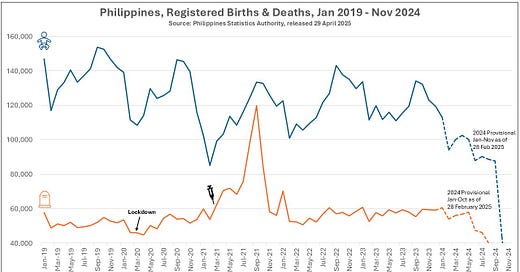



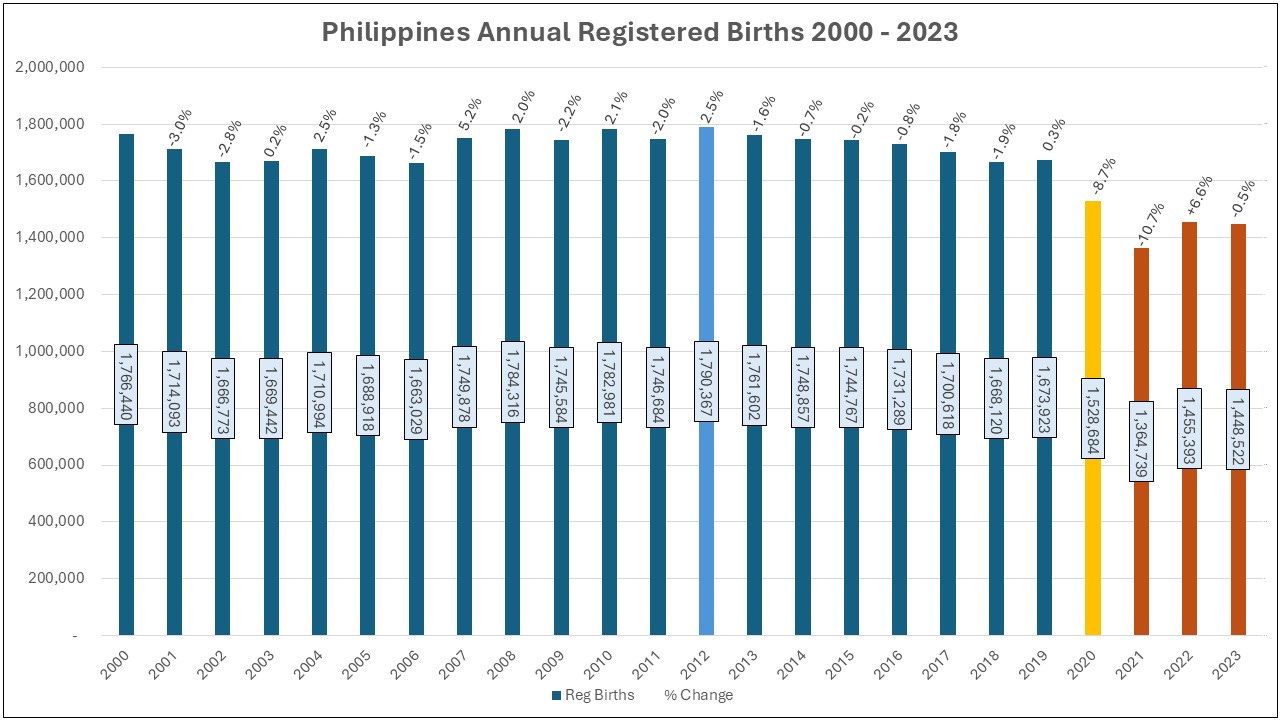
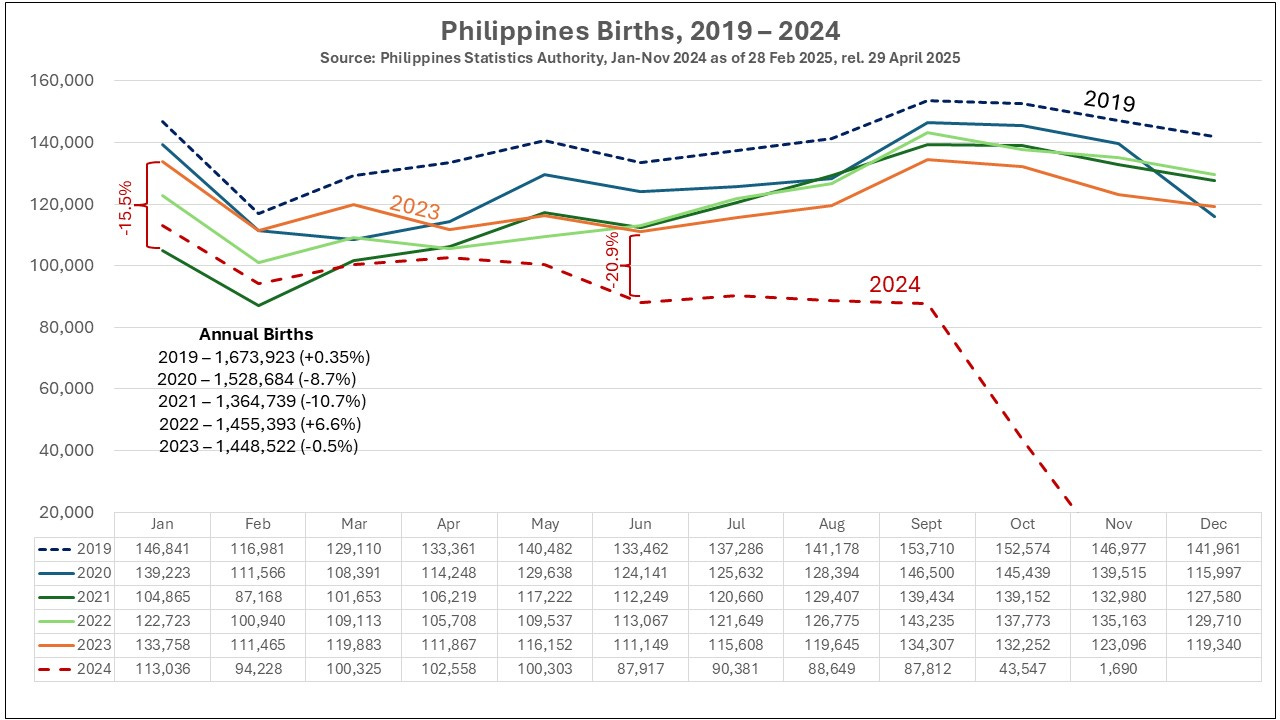
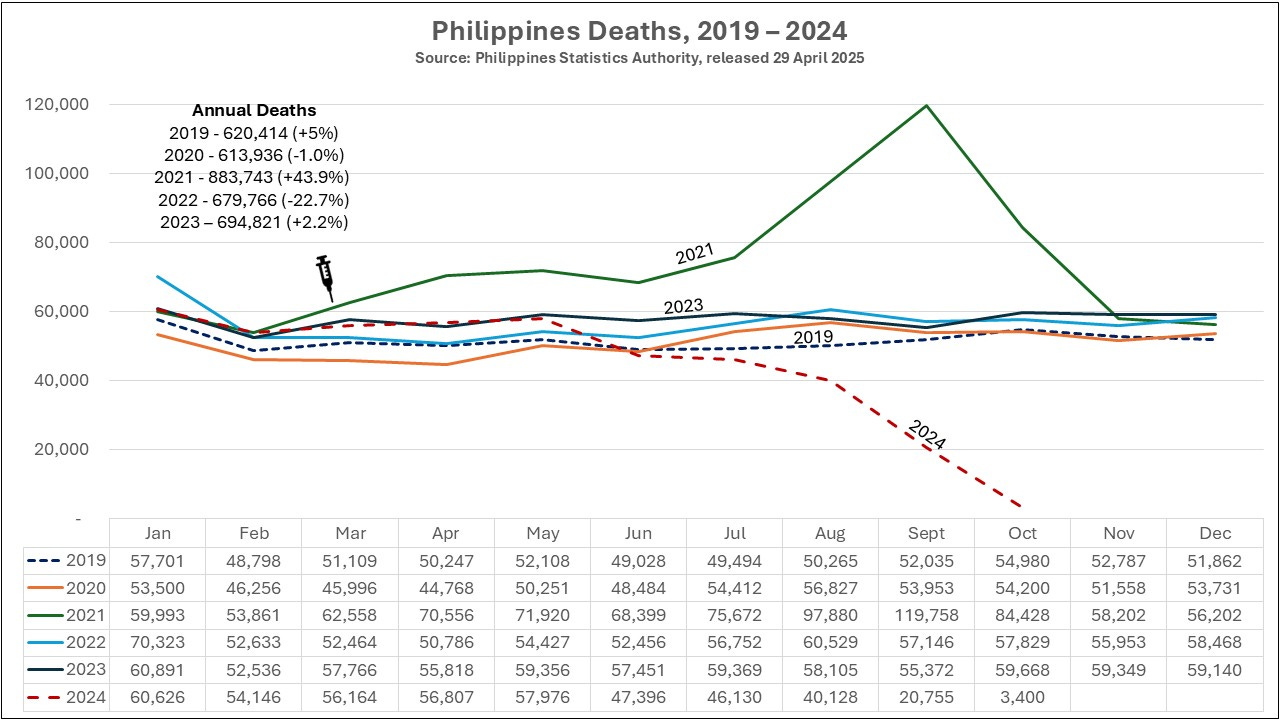


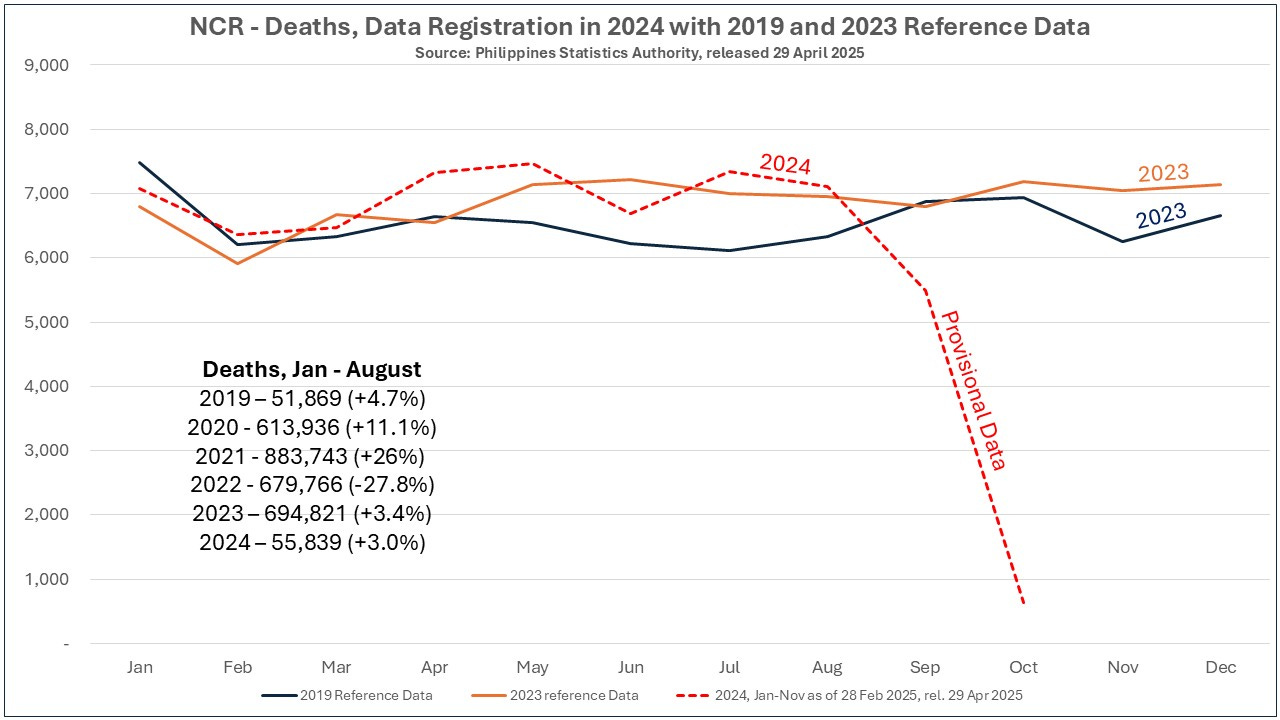
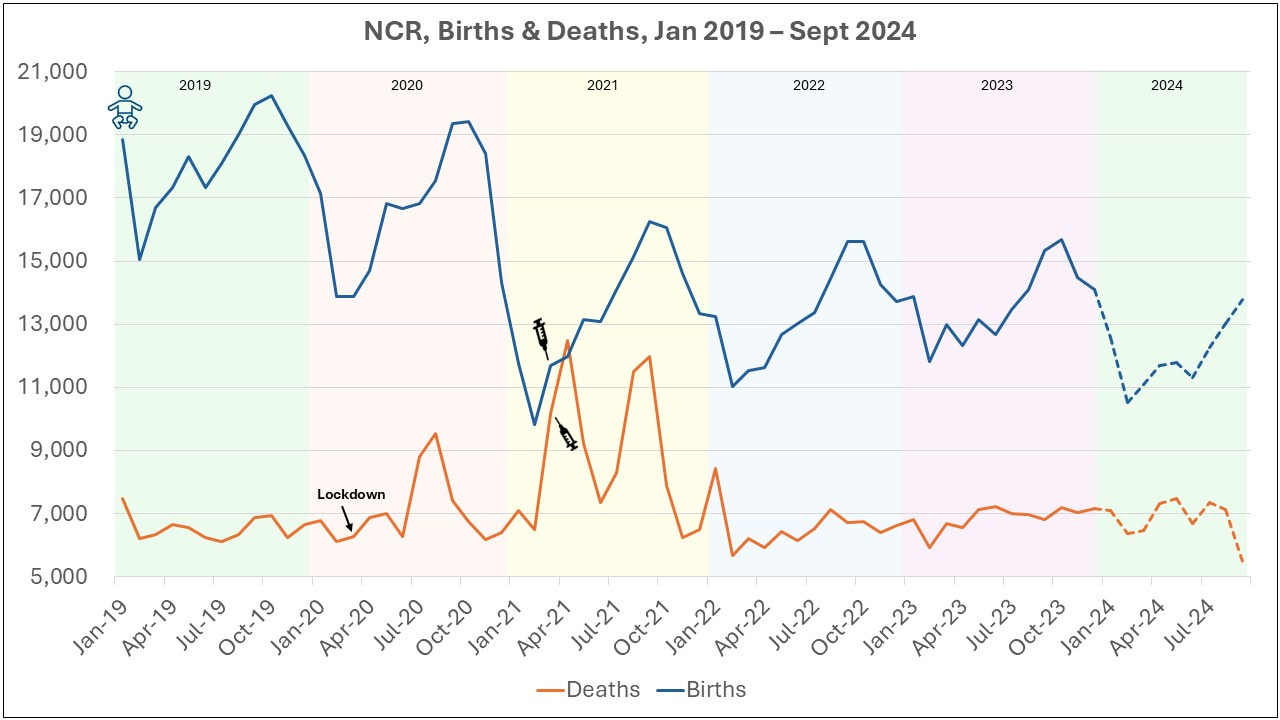
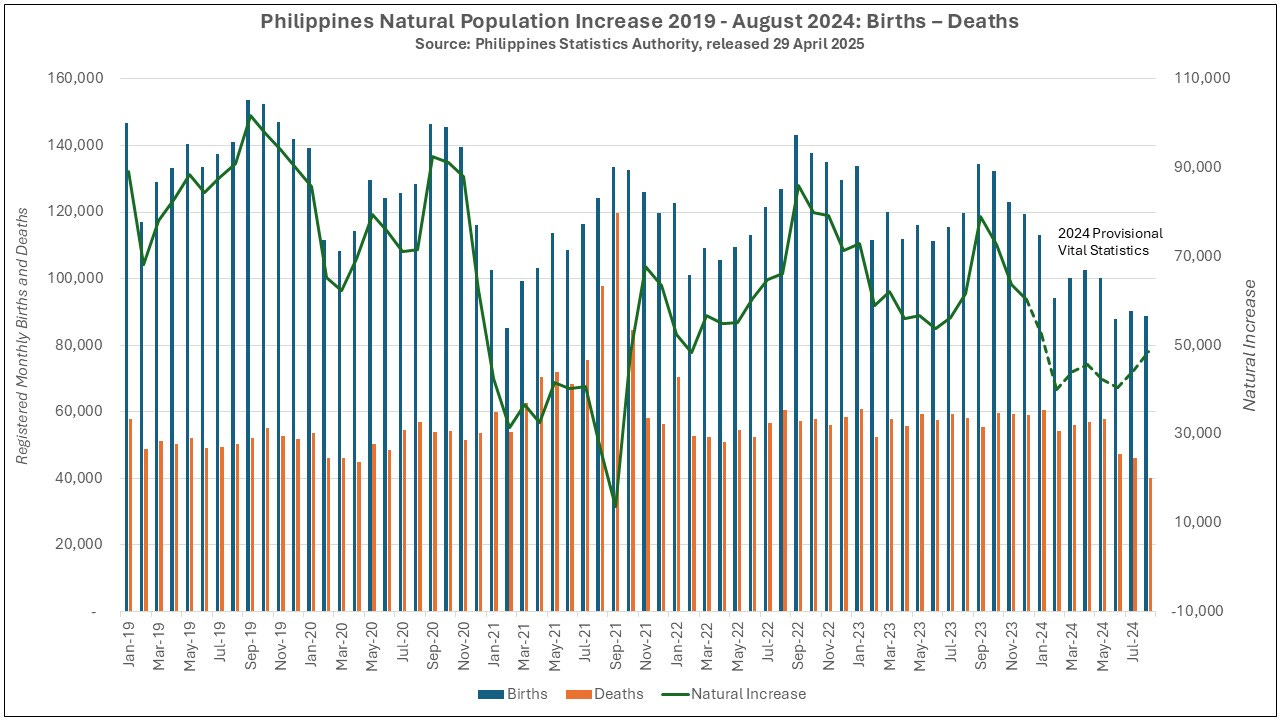


Ican say with 100% certainty that it was the depopulation jab. The following pretty much explains it all. https://rumble.com/v6su1lv-the-silent-culling-how-militaries-worldwide-are-engineering-depopulation-w-.html
Unfortunately, Super Sally, only a few would be asking where the babies have gone. The bioweapon-jabbed sheeple would be too neuromodulated to notice the missing or, if not, too much in denial to want to notice the horrific impacts Covid inoculation have wrought upon humanity.